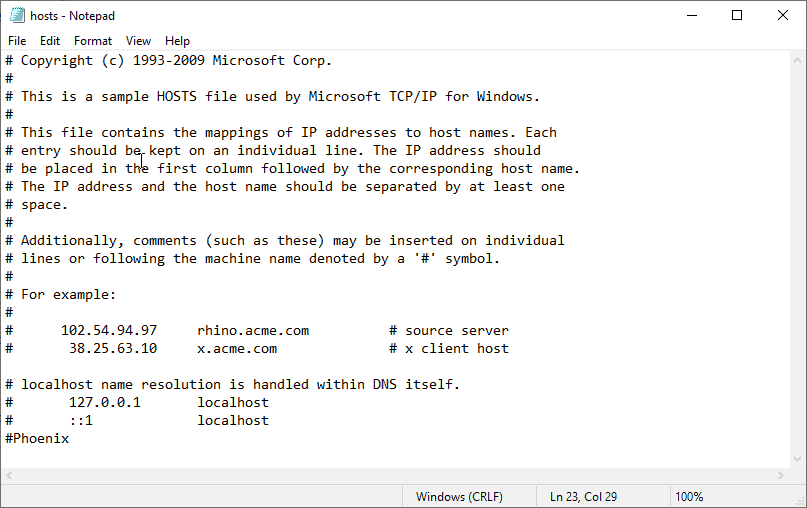

This makes shared working possible on these files. First, there is of course the advantage of centrality which ensures each authorized network participant can access the stored files. They are also often used as a repository for programs that have to be accessible to multiple network participants, and as a backup server.įor many companies, using a file server is worth considering for a range of reasons. But file servers are not only used for file storage and management.

All modern operating systems such as Windows, Linux, or macOS can be used on a file server, although the devices available in the network need to be compatible with the operating system. This enables files to be accessed and saved on the file server even when users are on the go. With file servers connected to the internet and configured accordingly, users cannot only access the files via the local network but also benefit from remote access. Here, the server administrator defines strict rules regarding which users have which access rights: For instance, the configuration or file authorizations of the respective file system enable the admin to set which files can be seen and opened by a certain user or user group, and whether data can only be viewed or also added, edited, or deleted. File servers therefore offer users a central storage place for files on internal data media, which is accessible to all authorized clients. A file server is a central server in a computer network that provides file systems or at least parts of a file system to connected clients.


 0 kommentar(er)
0 kommentar(er)
